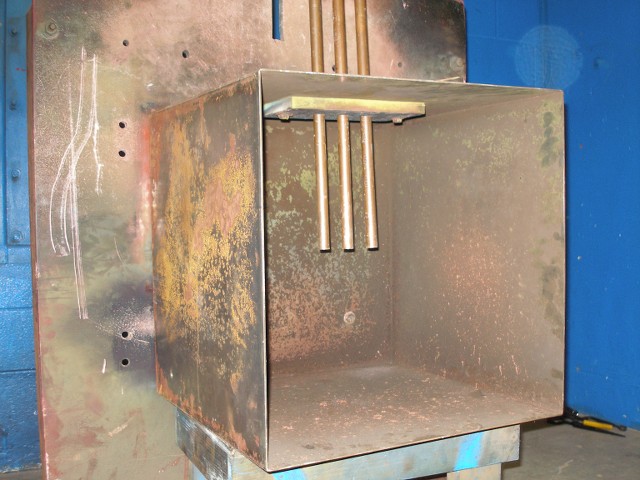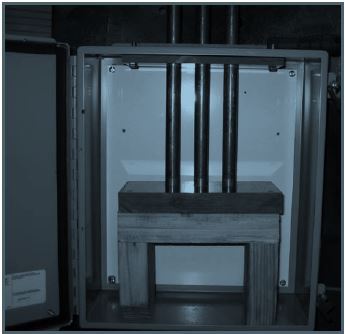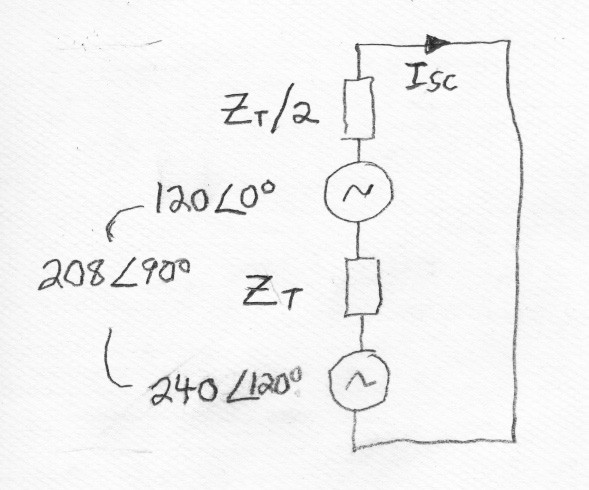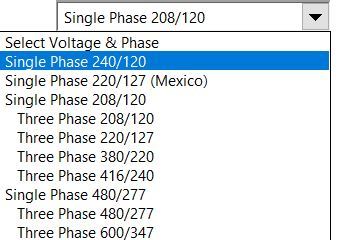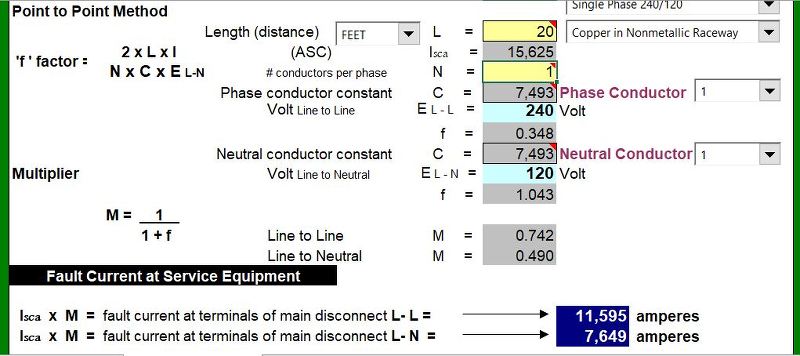Let's say the short circuit current of the above open delta transformers is 6970 Amps.
Given there is 23 feet of AWG 1 conductors to the region or parts where bolted short occurs. How do you include the conductor impedance to the source impedance to get an overall decreased scc? And how much is the decreased bolted short circuit current? How do you compute for it?
I just read the full paper called "Investigation of Factors Affecting the Sustainability of Arcs Below 250 V" by Michael J. Lang, Member, IEEE, and Kenneth Jones, Member, IEEE at Library Genesis.
The contents are horrifying. Here they used setups representative of real world equipments.
quoting their finding a bit:
"Tests performed with gaps of 12.7 and 50.8 mm were used to determine the effects of gap and X/R ratio on arc sustainability and incident energy with the barrier in place. Testing at progressively lower currents revealed the barrier configuration’s ability to reliably sustain arcs for more than 1 s with a 12.7-mm gap at 4 kA and 208 V. The 32-mm gap performed intermittently at the lower values."
Here is the abstract:
"Abstract—Recent testing with various electrode configurations and insulating barriers suggests that 250-V equipment omitted from arc flash hazard analyses has the potential for burn injury. Research into the sustainability of arcs at these voltages shows that assumptions about the magnitude of these hazards need to be revised. This research enhanced the work of previous efforts by focusing on the sustainability of arcs with fault currents lower than 10 kA. Gap lengths between electrodes, electrode shape, electrode material, and voltage variations are studied for their effects on arc sustainability. A modified barrier design representative of the space around panelboard bus bars is also studied."
The following is their conclusion:
"CONCLUSION
The testing discussed in this paper shows that sustained arcs are possible at 208 V even at relatively low fault currents but are dependent on several factors including voltage variations, conductor material, the configuration of conductors, and the presence of insulating barriers. The challenge to industry is to advance the research identified in the references, do additional testing on a variety of low-voltage equipment, and incorporate those findings into improved standards. These test strategies must consider all practical locations within the equipment where arcs may occur; within all equipment is the possibility for different electrode orientations.
Enhanced models for various equipment"





